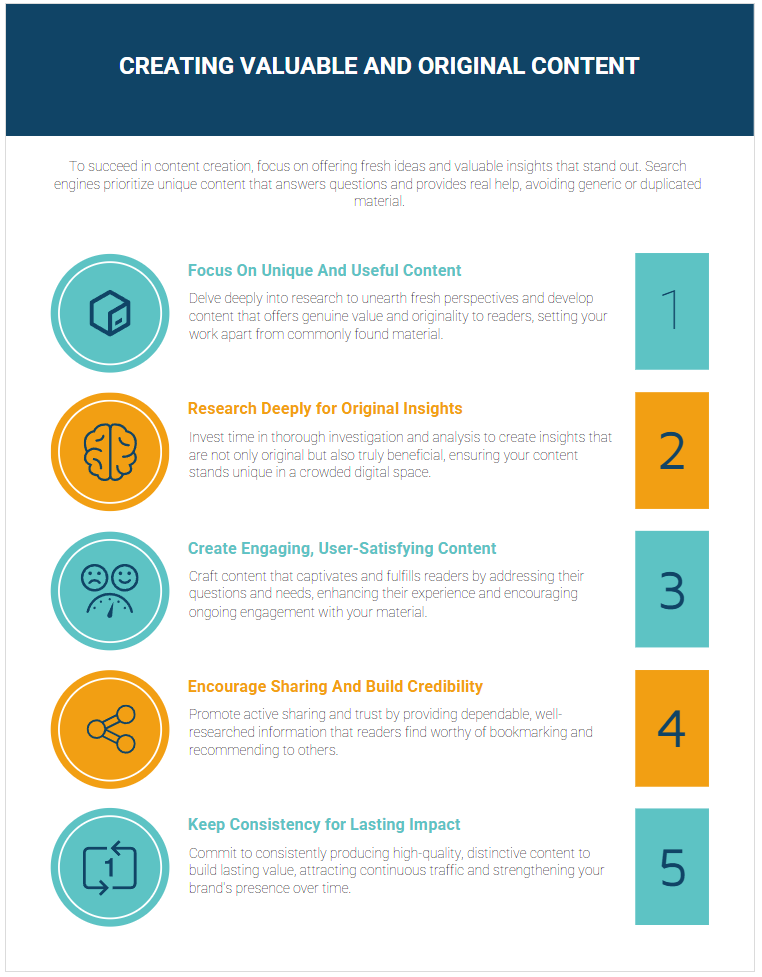The process of writing blog posts that are optimized on search engines and yet fetch the attention of the users is an essential element of any online promotional strategy. SEO friendly content does not end at putting keywords but it concentrates on giving and offering value, punctualness, and organization. The objective is to make the post appear high in the search result pages and yet be interesting to human readers who crave information that is useful. The thing that makes a blog post really successful is the balance between search visibility and engagement of the audience.
In this age and era of competition in the digital world, enabling writers to write with the concept of SEO should be an imperative decision to generate organic traffic. The well-written piece of content can easily be lost under the competitors without adequate methods. When the blog posts are developed they must consider the search engine algorithm as well as the user behaviour. When this is well done, it makes everything more visible and persuades people to read longer and drives conversion. Businesses that want to improve their presence online should consider blog content as one of the long-term tools that are rather effective.

Choosing The Right Keywords For Your Content
Choosing proper keywords is one of the initial ways to write SEO friendly posts. Keywords can be seen as a mediator between the search of users and content proposed by the business. These are supposed to be common words or phrases that the possible customers will enter in the search engines. The right tools like Google Keyword Planner or SEO software sites can be used to indicate related search terms of the right fill prevalence and competition.
Strategic use of key words in the blog post makes this content found by search engines and at the same time sounding fresh and interesting to the readers. The main key phrase must be included in the title of the blog, the first paragraph as also in the other contents in a manner which flows naturally. It is also beneficial that a respective or secondary keyword be added to give further context and add a value to search relevance. Appropriate use of keyword research and placement is the basis of visibility and success of any blog post.
Writing Headlines That Attract And Inform
A strong headline does more than include a keyword. It is the opening statement of what is on the content and it can have a big effect on the rate of click-throughs. A good headline conveys what the post is all about and at the same time creates interest. The visitors will be ignorant of the worth of clicking on the article. Such clarity not only works well to the reader, but also enhances the appearance of the blog at search engines.
To gain increased visibility, the use of headlines that are of an optimal length with appropriate search terms towards the start of a sentence should be used. Title can be made more clickable by using numbers, a variety of questions, the use of strong action verbs but only in accordance with the level of content. Most importantly, the headline must be genuine and precise to a point where the reader will be satisfied when he/she clicks on the page. The headline should be consistent with the content that enhances credibility and readership.
Structuring The Blog For Readability And Seo
A post structure significantly influences the user experience and the efficiency of SEO. The content is readable and easy to navigate through by both the readers and the search engines as a result of proper usage of the cells as headings, paragraphs and formatting. The main headings make the article easy to navigate and dividing the text into small paragraphs makes it much easier to read on the desktop device as well as mobile.
Search engines also analyze how content is organized. It can make the subject matter more understandable by the use of heading tags (H1, H2, H3) in a true and logical manner. Relevance can also be enhanced by including keywords in the sub heading in the situations where it is necessary. It can include applying list, bullet points, and bolded key phrases to underline interesting information, and this makes the material easier to skim. An organized blog is a sure bet that will make readers read on.
Creating Valuable And Original Content
Value and originality are the two important aspects of any successful blog post. Digital search engines are interested primarily in the content that contains new ideas or valuable content that is impossible to obtain elsewhere. The goal of businesses must be to offer useful information, address simple questions, or present new ideas that really can help the reader. Duplicate and too generic content is a key to failing at SEO.

Useful content also increases user satisfaction that in turn can result in increased sharing, bookmarking and back links. These activities indicate that the content can be reliable and probably competent to search engines. It would require that businesses take time doing research and development of content that would allow them to compete in an industry that is already congested. Original blog posts, when executed correctly, can be seen as a source of evergreen content that will result in traffic and brand building value over the years.
Using Internal And External Links Effectively
The importance of linking in supporting SEO of blog posts is not underestimated. The inside links are links that direct a user to other contents in the same site and enhances the movement of a site and as well as retains the user longer. It is also capable of spreading the authority throughout the pages and making the search engines figure out the general organization of the site. The system of keeping internal links as a part of the blog will positively affect its quality, and will also promote exploration.
Blog posts also gain weight in the form of outbound links to other sources that are credible and authoritative. The information given is backed by these links which help generate confidence between the reader and the writer. Selection of sources as well as the arrangement of outbound sources to open in a new tab are important in order not to trigger readers to move to a new page. Linking does not simply qualify as a technical type of SEO but it is also the means of enhancing the general user experience by providing links to relevant and useful content.
Optimizing Images And Multimedia For Seo
Use of visual content boosts blog posts and makes them more interesting to read as well as comprehend. However, these elements should also be optimized for SEO. Alt text should be used in descriptions of images appropriately and descriptive file names make them easy to read by the search engines. This is particularly noted with regard to accessibility and ranking in image search results.
It is also possible to enhance a post with multimedia, including infographics, charts and videos but this should not affect the loading rate of the page. There is optimization of the use of image files by compressing them and utilizing an appropriate format that enhances the performance of the site that has a direct impact on the search ranking. The smaller the size and slower the speed of loading of a blog that has good or helpful pictures incorporated into the same, gives a better engrossing experience of the user and search engines as well.
Encouraging Engagement And Social Sharing
Another reader engagement factor is the rate at which a blog rises or falls over a length of time. The posts which attract comments, shares, and backlinks indicate to the search engines that the post is beneficial and helpful. Promotions of visible calls-to-action or talking points so you encourage readers to deal with the blog may enhance these engagement elements.
Social sharing also increases the reach of a blog post even long after they have been published. It is possible to attract new readers through adding sharing buttons and advertising in LinkedIn, Facebook, or Twitter. Other websites may also take notice of the blog as it gains momentum on social media resulting in more back links. Partnership with the best digital marketing agency in Canada can supplement these outreach processes and optimize content distribution plans to reach more people.
Reviewing And Updating Content For Continued Performance
Search engines favor content that remains current and accurate. Revising and updating blog posts after some months helps keep it ranking well and be of value. This involves going over to ensure that there are no broken links, updating old statistics and enhancing clarity or structure, where appropriate. An update may also be a chance to supplement the presence of new keywords or knowledge with the changing audience behavior.
A constant review process on content shows that the quality is taken seriously, not only by search engines but also by the audience. The kind of content that the businesses employ ought to keep up with the changing SEO algorithms. Referencing the blog messages in time and honing them allows businesses to bypass the danger of becoming ignored and the content library of their digital presence will have long-term value.


